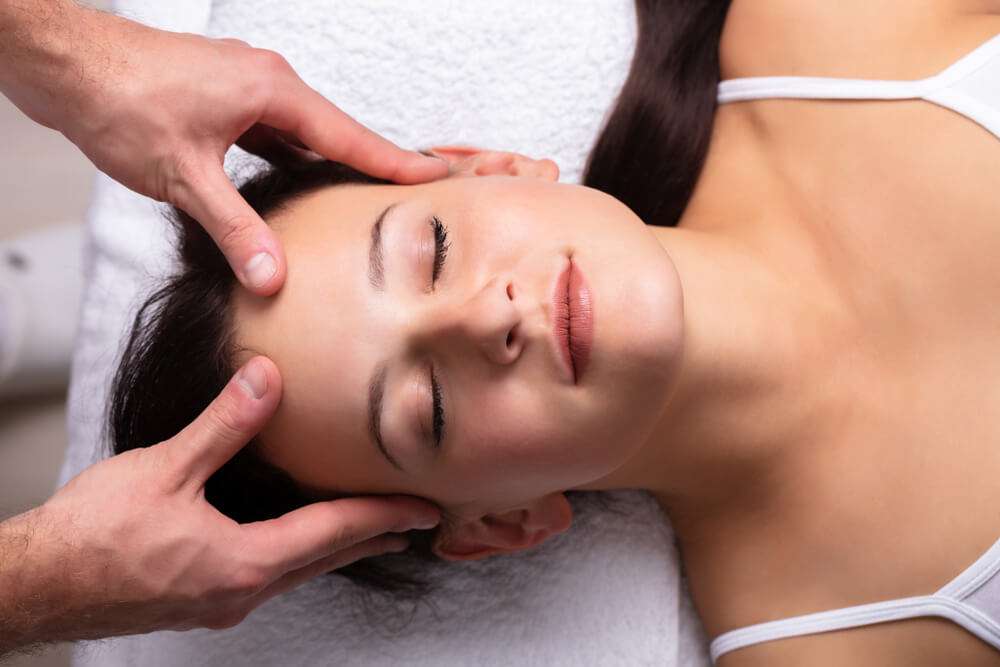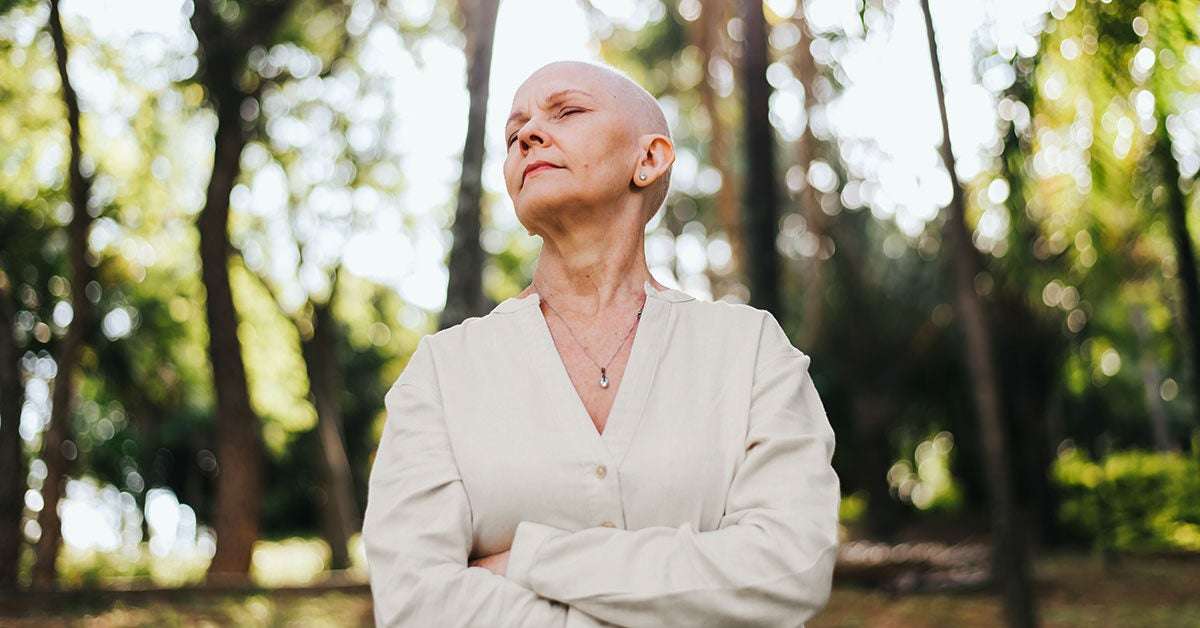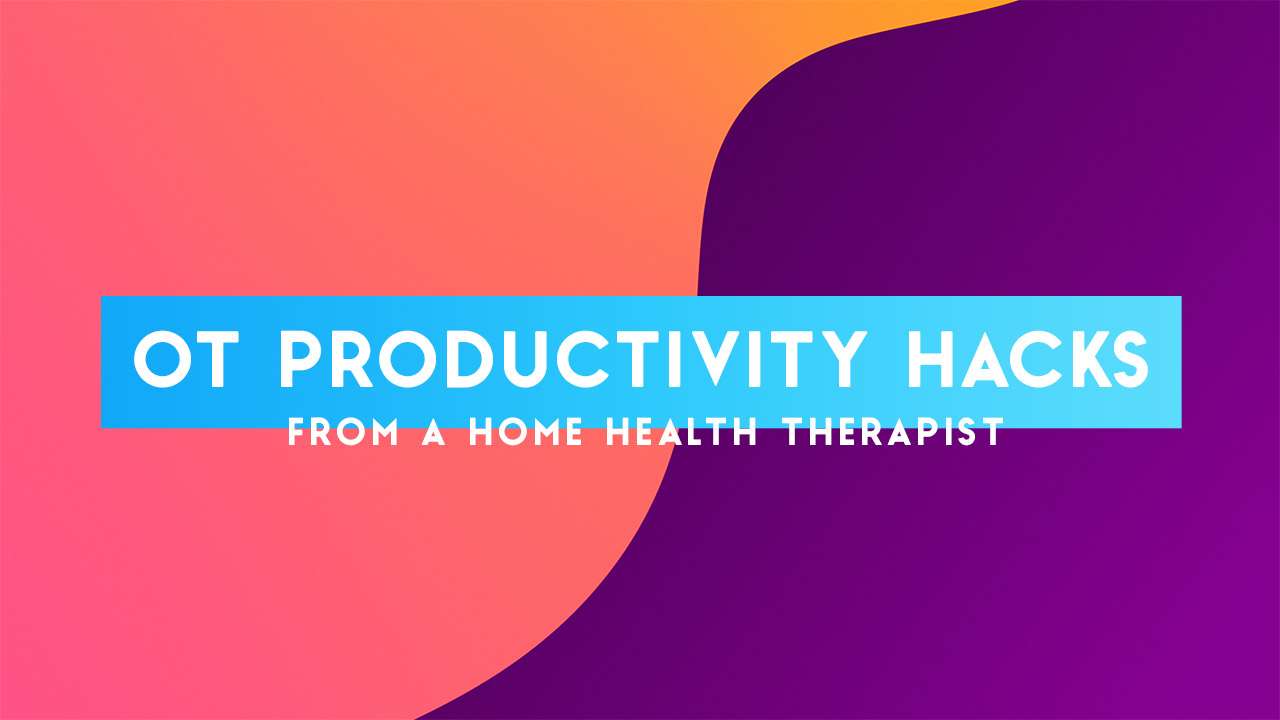Stress is a normal part of life. We have all experienced it at one point or another. But it’s when stress starts affecting our livelihood that it can become detrimental to our health.
The best way to combat and reduce stress is by engaging in activities that allow us to feel more relaxed and present.
Massage therapy is a proven method to help combat stress and reduce its negative effects on the mind and body. It has been shown that even just 10 minutes of massage therapy can activate the body’s natural happy hormones and leave you feeling more relaxed and less stressed.
The mood-enhancing benefits of massage therapy makes it easier to feel more calm and in control, reducing anxiety and naturally calming the body’s fight-or-flight response.
The symptoms of stress
While stress is integral to our survival, if your fight-or-flight response is continuously switched on it can lead to a variety of symptoms that may be detrimental to your health.
Some of the most common symptoms of stress include:
- Shortness of breath
- Heart palpitations
- Increased sweating
- Increased heart rate
- Tightness in the chest
- Knotted stomach
- Headaches
- Insomnia
- Depression, anxiety, irritability
These reactions to stress-inducing events or environments wreak havoc on your nervous system. Under stress, your body has to work harder in an effort to deliver a healthy oxygen and blood supply. If you’re experiencing chronic stress, your body is also having to keep up with a surge in glucose levels, heightening your risk of type 2 diabetes and digestive health issues such as acid reflux and constipation. Left unchecked, stress can lower the body’s immune system making you more prone to illness and can even lead to reproductive issues in both men and women.
The 5 ways massage reduces stress
Massage can reduce stress and its related symptoms by reducing your heart rate and calming the central nervous system. As a result, you will end up feeling more relaxed, rejuvenated, and focused.
- Massage triggers a relaxation responseMassage encourages the body to ‘slow down’, bringing it from a heightened state of anxiety to a more calm, relaxed state.The simple act of touch and methodic kneading invites the body to ease up and sink into relaxation. This emotional response is ignited by the body’s natural happiness and relaxation hormone, serotonin. Serotonin stabilizes our mood
and also helps with basic functions such as eating, digestion, and sleeping.
- Massage helps with muscular tensionWhen you’re stressed, your body involuntarily tightens up causing the muscles to become tense. With the aid of massage therapy, the muscles can return to a relaxed state alleviating chronic pain.High levels of tension in the body can cause muscles to shorten, restricting movement and causing pain. Massage relieves tension by increasing tissue elasticity and stimulating the parasympathetic nervous systemThrough techniques such as trigger point therapy, rubbing, stretching, and stroking, the muscle fibers become more warm and loose. Patients may need more than one massage to remedy muscular tension, but will still notice considerable results after just one session.
- Massage reduced blood pressureMassage has been shown to improve blood circulation which in turn, helps to lower blood pressure.Massage therapy helps to calm the sympathetic nervous system, which is responsible for raising the blood pressure as a response to stress.Studies have shown that relaxation massage or aromatherapy massage – both modalities that are purely relaxation-focused – reduces blood pressure and heart rate much more effectively than deep tissue or sports massage. This is most likely due to the fact that calming, gentle touch releases that serotonin hormone causing our bodies to self-regulate and return to a natural and healthier function.
- Massage improves sleepBecause massage can directly influence the body’s production of serotonin, it can also help to release the sleep hormone melatonin.Direct pressure and the manipulation of muscles in the neck, shoulders, back, and even the legs and feet triggers melatonin production. The act of massage also reduces cortisol – the stress hormone – which can affect sleep patterns. In its place, the hormone dopamine stabilizes your mood and helps create that relaxed state of being that is needed to fall asleep soundly.Massage therapy can be aided with essential oils such as lavender, to further coax the body into that blissful state.
- Massage helps with mental health Massage can promote our psychological health by stimulating the receptors, nerves, and hormones responsible for mood regulation.During a moderate pressure massage, these receptors are triggered – bringing therapeutic relief to the client and overall improved mood and wellbeing.Massage has also shown to increase vagal nerve activity which is often low in depressed individuals. When this nerve is stimulated, cortisol levels decrease entering our bodies into a more relaxed and happy state.
Further studies have also indicated that following a massage, activity in the right frontal lobe of the brain (the part associated with negative emotion) lowered and shifted to the left frontal lobe which is responsible for mood and stress regulation.
So, why stress?
Massage therapy can be one of the best stress busters available! Alongside the quiet, relaxed atmosphere of a massage clinic, the act of massage itself coaxes our bodies into an improved state of wellbeing. And while stress can be temporarily alleviated with one massage session, identifying a long-term massage plan with a qualified massage therapist will be more beneficial for clients in managing chronic stress.
If you’re already a qualified massage therapist, or plan on studying to become one, by creating a quiet and welcoming atmosphere, you can help your clients reduce their stress levels through massage. And as they leave feeling much better than when they arrived, you’ll start to see them coming back time and time again.
Stress is an inevitable part of life. It is nearly impossible to remove all stress from day-to-day life. Stress is physiological and psychological responses to situations the body and mind find to be overwhelming.
Even situations perceived as good, like getting married, starting a new job or becoming a parent, can produce significant stress. When people struggle to cope with stressful situations, depression and anxiety symptoms can become more noticeable.
Massage therapy is one of many ways to cope with stress, and treat anxiety and depression.
Some people mistakenly believe that massage therapy is only for pampering yourself. While this is true for some people, it also helps manage anxiety, depression and insomnia.
Physical benefits of massage
A massage does more than just feel good. It can lower the amount of cortisol in your body. This hormone is produced when your body is stressed. It increases glucose in your bloodstream, enhances your brain’s use of glucose and curbs functions that are nonessential in a fight-or-flight situation.
A one-hour massage lowers cortisol in your body while also releasing serotonin. This hormone neurotransmitter is sometimes called the “happy chemical” because it reduces feelings of depression and carries signals between nerves and your body. By lowering cortisol and increasing serotonin, you’re boosting your body’s ability to fight off pain, anxiety and feelings of sadness.
Also, massage could be considered an hourlong hug, as it can fulfill the need for human contact and comforting touch. A session provides you with a nurturing safe place to physically rest.
Emotional benefits of massage
Massage provides many emotional benefits, which can be just as important as the physical benefits. Many people say that after a massage they feel more relaxed and calmer. It a safe and nurturing place for people to refocus and find clarity.
Massage can lower stress levels and feelings of anxiety. It can improve mood and relaxation while increasing confidence and self-image.
If you experience depression or anxiety, or are just overloaded with extra stress, massage can be an effective part of treatment. It can create a sense of relief and empowerment, and allow you to focus on your mind-body connection.
Massage therapists listen to your needs and concerns. They can develop a treatment plan to decrease stress and symptoms of anxiety and depression. Sessions range from 15 to 90 minutes in length. Therapeutic massage may help support you on your mental health journey.
Massage: Get in touch with its many benefits
Massage can be a powerful tool to help you take charge of your health and well-being. See if it’s right for you.
By Mayo Clinic Staff
Massage used to be available only through luxury spas and upscale health clubs. Today, massage therapy is offered in businesses, clinics, hospitals and even airports. If you’ve never tried massage, learn about its possible health benefits and what to expect during a massage therapy session.
What is massage?
Massage is a general term for pressing, rubbing and manipulating your skin, muscles, tendons and ligaments. Massage may range from light stroking to deep pressure. There are many different types of massage, including these common types:
- Swedish massage. This is a gentle form of massage that uses long strokes, kneading, deep circular movements, vibration and tapping. It helps you feel relaxed and energized.
- Deep massage. This massage technique uses slower, more-forceful strokes to target the deeper layers of muscle and connective tissue. It’s commonly used to help with muscle damage from injuries.
- Sports massage. This is similar to Swedish massage, but it’s geared toward people involved in sport activities to help prevent or treat injuries.
- Trigger point massage. This massage focuses on areas of tight muscle fibers that can form in your muscles after injuries or overuse.
Benefits of massage
Massage is generally considered part of integrative medicine. It’s increasingly being offered along with standard treatment for a wide range of medical conditions and situations.
Massage benefits can include:
- Reducing stress and increasing relaxation
- Reducing pain and muscle soreness and tension
- Improving circulation, energy and alertness
- Lowering heart rate and blood pressure
- Improving immune function
While more research is needed to confirm the benefits of massage, some studies have found massage may also be helpful for:
- Anxiety
- Digestive disorders
- Fibromyalgia
- Headaches
- Insomnia related to stress
- Low back pain
- Myofascial pain syndrome
- Nerve pain
- Soft tissue strains or injuries
- Sports injuries
- Temporomandibular joint pain
- Upper back and neck pain
Beyond the benefits for specific conditions or diseases, some people enjoy massage because it often produces feelings of caring, comfort and connection.
Despite its benefits, massage isn’t meant as a replacement for regular medical care. Let your doctor know you’re trying massage and be sure to follow any standard treatment plans you have.
Risks of massage
Most people can benefit from massage. However, massage may not be appropriate if you have:
- Bleeding disorders or take blood-thinning medication
- Burns or healing wounds
- Deep vein thrombosis
- Infections
- Broken bones (fractures)
- Severe osteoporosis
- A very low platelet count (severe thrombocytopenia)
Discuss the pros and cons of massage with your doctor, especially if you are pregnant or if you have cancer or unexplained pain.
Some forms of massage can leave you feeling a bit sore the next day. But massage shouldn’t ordinarily be painful or uncomfortable. If any part of your massage doesn’t feel right or is painful, speak up right away. Most serious problems come from too much pressure during massage.
What you can expect during a massage
You don’t need any special preparation for massage. Before a massage therapy session starts, your massage therapist should ask you about any symptoms, your medical history and what you’re hoping to get out of massage. Your massage therapist should explain the kind of massage and techniques he or she will use.
In a typical massage therapy session, you undress or wear loose-fitting clothing. Undress only to the point that you’re comfortable. You generally lie on a table and cover yourself with a sheet. Your massage therapist will leave the room when you undress before the massage and when you dress after it. You can also have a massage while sitting in a chair, fully clothed. Your massage therapist should perform an evaluation through touch to locate painful or tense areas and to determine how much pressure to apply.
Depending on preference, your massage therapist may use oil or lotion to reduce friction on your skin. Tell your massage therapist if you might be allergic to any ingredients.
A massage session may last from 10 to 90 minutes, depending on the type of massage and how much time you have. No matter what kind of massage you choose, you should feel calm and relaxed during and after your massage. Breathe normally throughout your massage.
Your massage therapist may play music during your massage or talk to you, but you can tell him or her if you prefer quiet.
If a massage therapist is pushing too hard, ask for lighter pressure. Occasionally you may have a sensitive spot in a muscle that feels like a knot. It’s likely to be uncomfortable while your massage therapist works it out. But if it becomes painful, speak up.
Finding a massage therapist
Ask your doctor or someone else you trust for a recommendation. Most states regulate massage therapists through licensing, registration or certification requirements.
Don’t be afraid to ask a potential massage therapist such questions as:
- Are you licensed, certified or registered?
- What is your training and experience?
- How many massage therapy sessions do you think I’ll need?
- What’s the cost, and is it covered by health insurance?
The take-home message about massage
Brush aside any thoughts that massage is only a feel-good way to indulge or pamper yourself. To the contrary, massage can be a powerful tool to help you take charge of your health and well-being, whether you have a specific health condition or are just looking for another stress reliever. You can even learn how to do self-massage or how to engage in massage with a partner at home.
There is a problem with information submitted for this request. Review/update the information highlighted below and resubmit the form.
From Mayo Clinic to your inbox
Sign up for free, and stay up to date on research advancements, health tips and current health topics, like COVID-19, plus expertise on managing health.
ErrorEmail field is required
ErrorInclude a valid email address
To provide you with the most relevant and helpful information, and understand which information is beneficial, we may combine your email and website usage information with other information we have about you. If you are a Mayo Clinic patient, this could include protected health information. If we combine this information with your protected health information, we will treat all of that information as protected health information and will only use or disclose that information as set forth in our notice of privacy practices. You may opt-out of email communications at any time by clicking on the unsubscribe link in the e-mail.
Thank you for subscribing!
You’ll soon start receiving the latest Mayo Clinic health information you requested in your inbox.
Sorry something went wrong with your subscription
Please, try again in a couple of minutes
- Massage therapy: What you need to know. National Center for Complementary and Integrative Health. https://www.nccih.nih.gov/health/massage-therapy-what-you-need-to-know. Accessed Dec. 18, 2020.
- AskMayoExpert. Massage therapy. Mayo Clinic; 2019.
- What to expect at your massage session. American Massage Therapy Association. https://www.amtamassage.org/find-massage-therapist/what-to-expect-at-massage-session/. Accessed Dec. 18, 2020.
- 6 things to know when selecting a complementary health practitioner. National Center for Complementary and Integrative Health. https://www.nccih.nih.gov/health/tips/things-to-know-when-selecting-a-complementary-health-practitioner. Accessed Dec. 18, 2020.
- Goldman L, et al., eds. Complementary, alternative, and integrative medicine. In: Goldman-Cecil Medicine. 26th ed. Elsevier; 2020. https://www.clinicalkey.com. Accessed Dec. 18, 2020.
- Benzon HT, et al, eds. Physical medicine techniques in pain management. In: Practical Management of Pain. 5th ed. Mosby Elsevier; 2014. https://www.clinicalkey.com. Accessed Dec. 18, 2020.
See more In-depth



